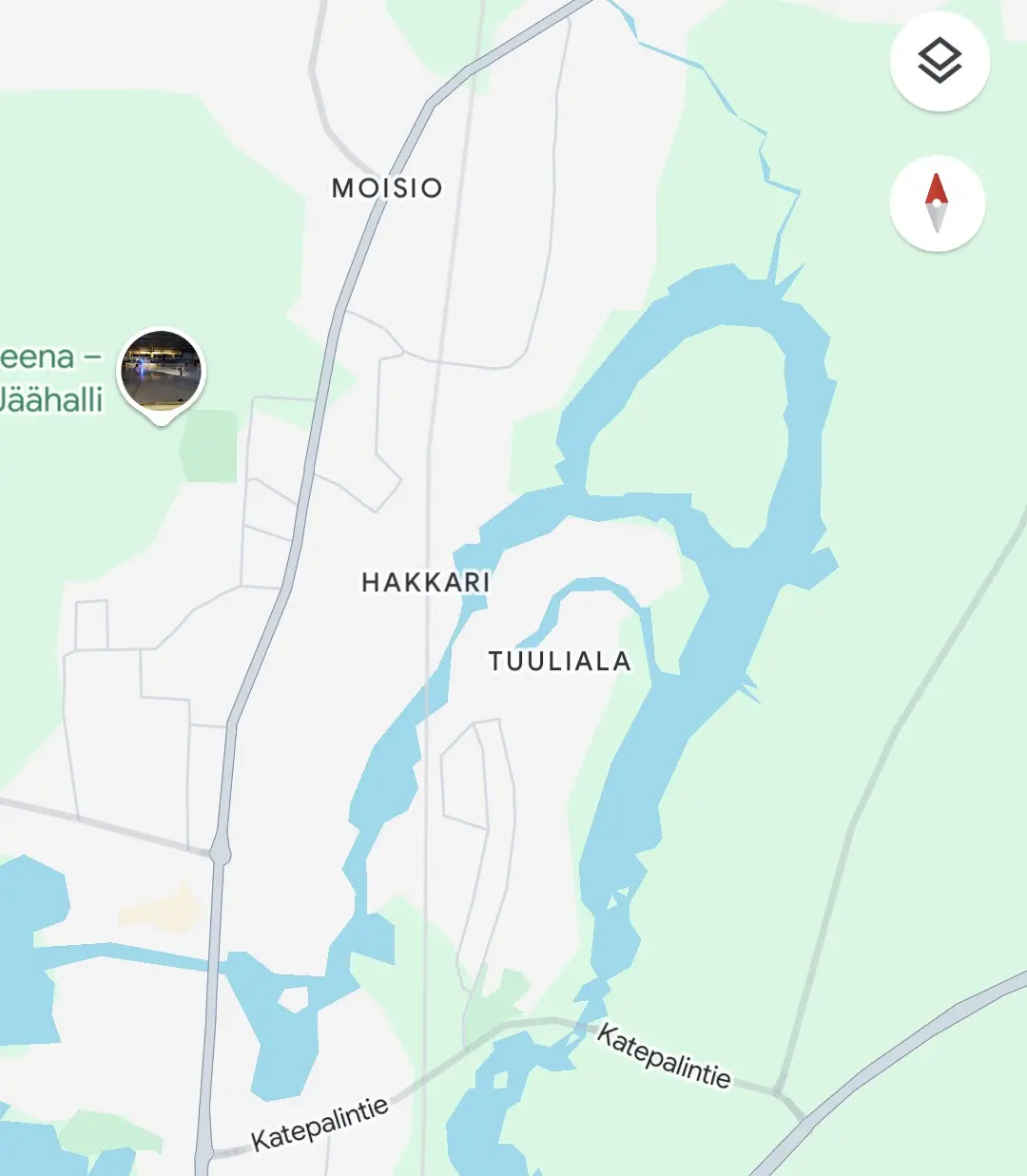Homeburning can be surprisingly robust as a backup method, and as an option of physical media, but I'd still keep backups on an actual NAS as well. There's also a ton of variables that affect the lifetime of a burnt CD, like dyes used (cyanine - phthalocyanine - azo), lamination quality, storage and the burner used. Especially the quality and intensity of the build has a surprisingly strong effect, despite things being set in a standard – you can get a lot more storage life out of a CD burned using a quality 5.25" burner compared to a budget slim drive.
Also early discs based on cyanine had a notoriously short shelf life compared to the later archival quality discs, around 30 years or so in optimal conditions (and typically a lot less), so much of the stuff burnt in 90's and 00's has already began deteriorating. More recent quality discs can last over a century if stored properly, but the older ones can't.
DVDs can also often have issues with delamination, meaning that especially the outer rim of the disc can start exhibiting bit rot quite early if you're using low quality media. I've noticed even new discs having signs of early delamination between the two disc halves (DVDs have the data layer in between two acrylic discs, unlike CDs which have it on the backside directly under the reflective coating). I've also experienced a lot of issues when burning multilayer DVDs that might affect how long they last in storage, so for actual backups I'd prefer using a single layer disc instead.
But as per reasons for still using discs – they're an unparalleled cold storage solution. With proper care you can actually leave them be for decades and be sure the data is still readable, unlike with SSDs which will lose their data when unpowered for a long period of time. Tape is a good option, but not really viable for consumers – also tape needs more active upkeep, since you typically have to copy over the old data to new media every 20-30 years or so (promised life in archival is 30 years, after which it might not be possible to get new drives for reading the tapes). Optical is also king when you need to transfer data into air-gapped environments, since with optical media it's relatively easy to audit that what's burned to the disc is unalterable. There's a reason why I still keep a full install set of Debian handy.


Finland present 🇫🇮